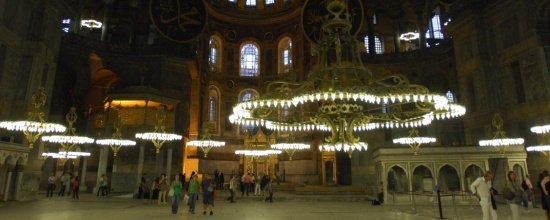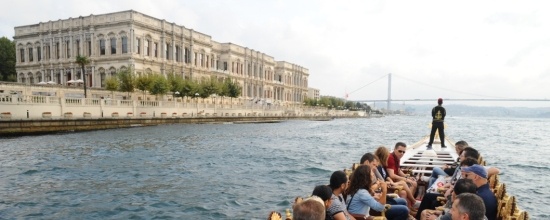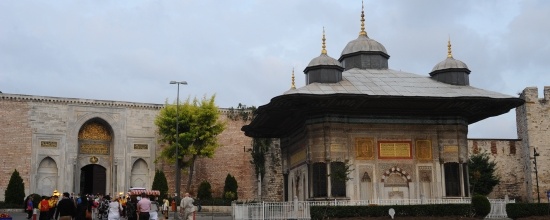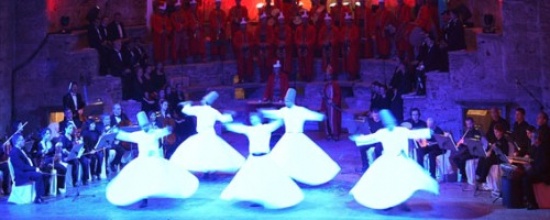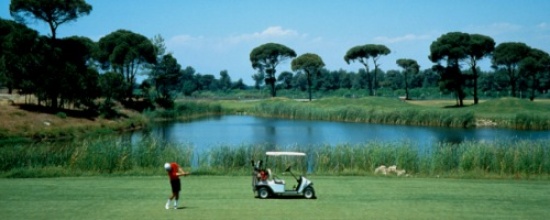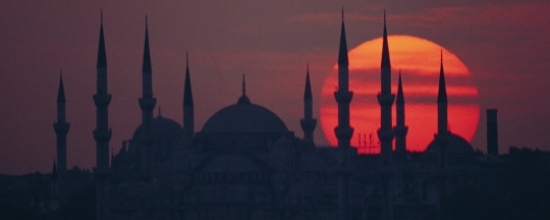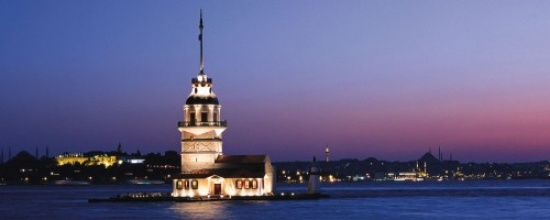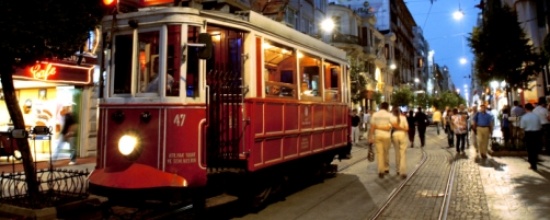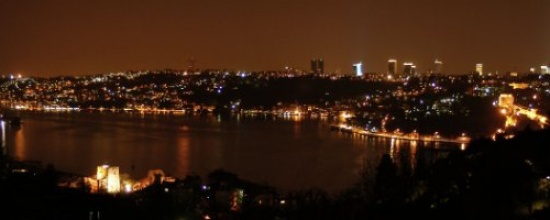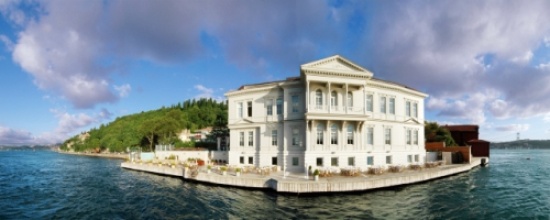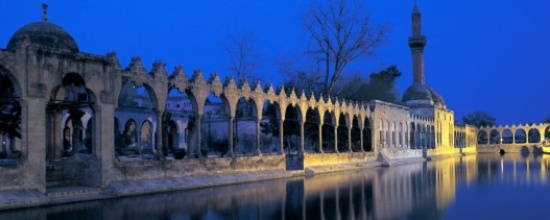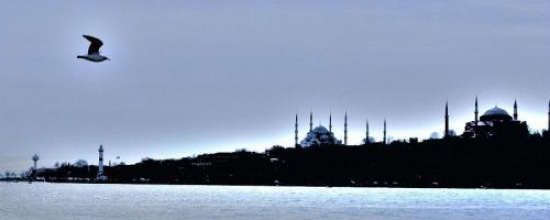Dolmabahce Palace & Istiklal Street
Drive to the royal residence of Ottoman Sultans, the sumptuous Dolmabahce Palace.
During the 19th century, westernization of the Ottoman Empire which became an important trend was also felt in the architecture of the time. Dolmabahce Palace was built under such an influence between 1843 and 1856 by Sultan Abdulmecit. The site of the palace was obtained by filling a small bay on the Bosphorus, thus giving the palace its name which means “filled garden.” Its interior decoration is famed for a great collection of European antiques, its furniture and a Turkish bath in alabaster. Covering an area of 25 hectares, the palace consists of 285 rooms and 46 halls among which figures a large reception hall supported by 56 columns, also featuring a chandelier which weighs 4.5 tons. Approximately 600 paintings adorn the walls and specially woven, very beautiful Hereke carpets of huge dimensions cover the palace floors.

Continue to the Istıklal Street which is located in Beyoglu & Taksim area; one of the most famous “pedestarian” avenues in Istanbul, visited by thousands of people everyday. Located in the bohemian Beyoglu district, it is an elegant pedestrian street, approximately three kilometers long, which houses exquisite boutiques, music stores, bookstores, art galleries, cinemas, theaters, libraries, cafés, pubs, night clubs with live music, historical patisseries, chocolateries and restaurants. The avenue, surrounded by the unique Greek architecture starts from the medieval Genoese neighborhood around Galata Tower and ultimately leads up to Taksim Square.


Cosmoolitan avenue is surrounded by an array of historical and politically significant buildings, such as the Cicek Pasaji (Flower Passage) where small, intimate restaurants and taverns are found; Balik Pazari (The Fish Market), The Roman Catholic Church of St.Antoine, designed in Italian Gothic style dating from 1913. This red bricked affair replicates its ancestral model having been demolished to make way for Istiklal's tramway;
The Aya Triada Church, a Greek Orthodox Church of the Holy Trinity overlooking Taksim square; The Roman Catholic Church of St. Mary Draperis, built in 1678; academic institutions established by various European nations such as Austria, France, Germany and Italy in the early 19th century; consulates (former embassies before 1923) of several nations including France, Greece, Russia, Spain, Sweden, the Netherlands and the United Kingdom.
Continue to visit the Galata Tower which was built by the Genoese colony as part of their town defense fortifications in the 14C. In Genoese sources it was named Christea Turris (Tower of Christ). It was altered considerably, particularly by the addition of the upper parts under the Ottomans during the course of the centuries. It was used at different times as a prison and a watch tower for fires. In 1967, the tower was restored and an elevator was added. The present height of the tower is 63m/ 206 ft. Today two top floors serve as a restaurant with folkloric shows. During the daytime it is open to visitors for panoramic views of the region. In the 17C, during reign of the Ottoman Sultan Murat IV, Hazerfen Ahmet Celebi, a scholor whose first name means “a thousand sciences”, managed to fly by wearing rush-work wings, from the top of the Galata Tower to Uskudar, an Asian settlement opposite and across the Bosphorous. An excited crowd including the sultan watched him achieve this feat. Sultan Murat admires Hezarfen but he was also afraid that his unusual ability would win him excessive power. The Sultan gave him a purse of gold and declared: “This man is one to be feared. He can do anything he wishes. The presence of such men is not auspicious”. Hazerfen was then exiled to Algeria where he died broken hearted far from home.

For detailed information and reservation please contact us via our e-mail address by clicking here.



